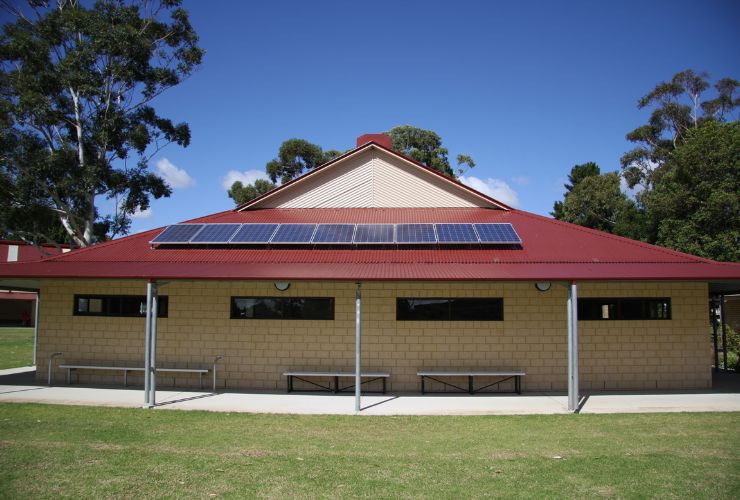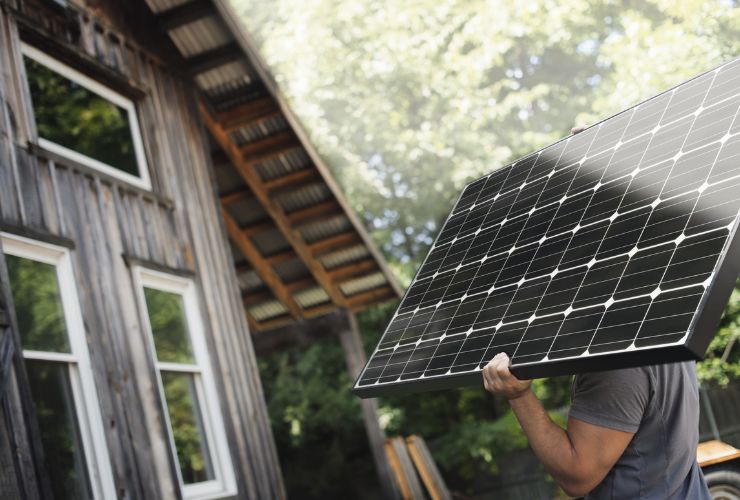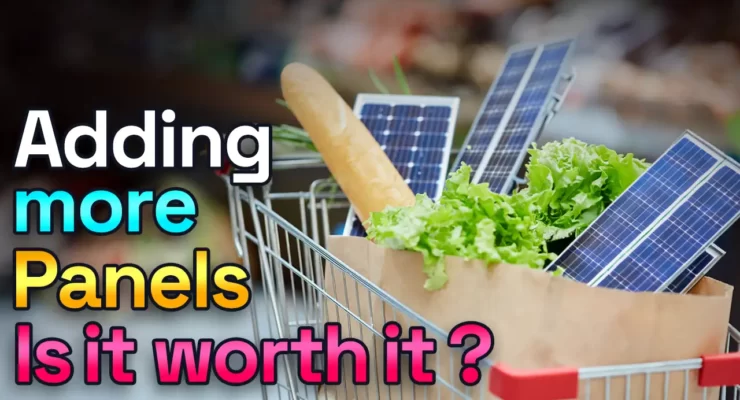Fast read
Expanding an existing solar system isn't a straightforward process and depends on several factors, including the age of your system, local regulations, and technical compatibility.
Older systems, particularly those dating back to 2007-2013, may face significant roadblocks due to changes in solar panel installation standards, making expansion difficult. In such cases, installing a new modern system alongside the old one may be recommended. For systems less than 5 years old with microinverters, expansion is more feasible. However, systems with string inverters may require inverter upgrades.
Additionally, before integrating a battery, assess your solar system's output to ensure it can adequately charge the battery year-round. Expansion isn't one-size-fits-all, and professional assessment is crucial for a successful solar system expansion.
How easy is it to add more solar panels to my existing solar system?
Have you recently transitioned to a solar-powered lifestyle via the purchase of a new home with a small solar system? Have you been a solar energy system and panel enthusiast for years? The ever-evolving need for more energy often nudges us towards exploring how to add solar panels to our existing solar system setups.
The idea of adding more solar panels or even integrating a battery into your existing solar array starts brewing in your mind.
Not as easy as it looks
Unfortunately, expanding your solar system isn’t as simple as tossing some extra panel pieces into the mix. It’s akin to renovating a house – sometimes it’s easier to build a new one than adding bits and pieces to the existing structure. But do not despair, with the right guidance and a seasoned quality solar installer by your side, navigating through this process can be achieved.
As you entertain the idea of adding more panels, it’s crucial to take a trip down memory lane to when your original panels were installed. Solar system technology and regulations have evolved over the years and the Australian Standard has changed every few years.
Particularly, if your solar system dates back to between 2007 and 2013, you might find yourself in a bit of a pickle. The technology from that era, although still functional, doesn’t always play well with modern solar system equipment, owing to updated technical standards. This means adding solar panels to the existing solar system might hit some hard roadblocks.

What are my options when adding solar panels to an existing solar system?
One way around this is to install an entirely new solar PV system with modern panels alongside your existing solar system. It might not merge into a singular entity, but you’d have two independent power-producing systems supporting your home’s electricity usage. However, aesthetics could take a hit with two distinctly different PV systems on your roof.
If your original system is over 10 years old and relatively small, professional installers often suggest starting fresh with a large modern solar array. It looks better and is technically a safer system.
Microinverters make expanding a breeze
Now, let’s look at technical compatibility. If your solar journey began with microinverters and your system is relatively new (less than 5 years old), expanding it is a breeze. The integration of newer watt-class panels and more microinverters is a fairly straightforward task.
On the other hand, if a string inverter is what you have, you may need to upgrade your inverter as you expand your system. The intricacies lie in the technical capacity of your inverter and the evolving technical standards. A good starting point is to contact the manufacturer of your inverter or consult with a local installer to understand the capacity constraints and the compatibility of adding more panels.
Now, shifting gears to battery integration – the concept might seem simple, but it requires a good deal of technical assessment. Before jumping onto the battery bandwagon, it’s essential to evaluate the solar electricity production of your existing solar system setup to ascertain whether it’s substantial enough to charge the battery year-round, especially during the less productive winter months.
For instance, eyeing a Tesla Powerwall? Ensure your solar system can export around 15 kWh of electricity daily during winter to keep that Powerwall adequately charged. However, if your solar system’s output falls short, do not despair. There are numerous smaller and modular battery solutions from other brands such as Sungrow or BYD tailored to fit varying solar outputs.

Expanding your solar system isn’t a one-size-fits-all scenario. It’s about meticulously understanding your existing setup, and your energy needs, and aligning them with the evolving solar technology landscape. This process which is known as solar system expansion or upsizing can be successful if you follow this step-by-step path:
1. Check local regulations
- Before planning an expansion, it’s essential to understand the local regulations and standards required for modifying your existing solar system. This greatly depends on the age of your system.
2. Assess your current PV system and your roof space
- Assess the size and capacity of your existing solar system to determine how many additional panels you might need. Also, check out your roof to determine how many additional panels you might be able to fit. We have produced a great video to help you work out how to do this.
- Maybe contact the original installer (if available) for an evaluation, or seek a new local solar company to assess the current system’s conditions and suitability for expansion.
3. Inverter technology & capacity:
- Check the capacity of your existing inverter to see if it can handle the additional power from the new panels.
- If not, you might need to upgrade your inverter or add an inverter to handle the increased capacity.
4. Electrical compatibility
- Ensure that the additional solar panels are compatible with your existing solar inverter and other system components. If the watt class is very different then you might have to put all the new panels on a separate string, or in some cases – it will just not be possible. Then you might have to find second-hand panels of a similar wattage to the ones you had originally. The panels don’t have to be the same brand or model as the original panels, but they should have similar electrical characteristics (like voltage and current ratings).
But if your system is a bit older – as mentioned before – due to install standard changes, you just can not touch the existing solar system in any way for any upgrade. Economically, it’s just not worth it – and it’s better to get another system next to the existing one or start from scratch. Maybe best to get professional advice from a local quality-focused solar installer.



